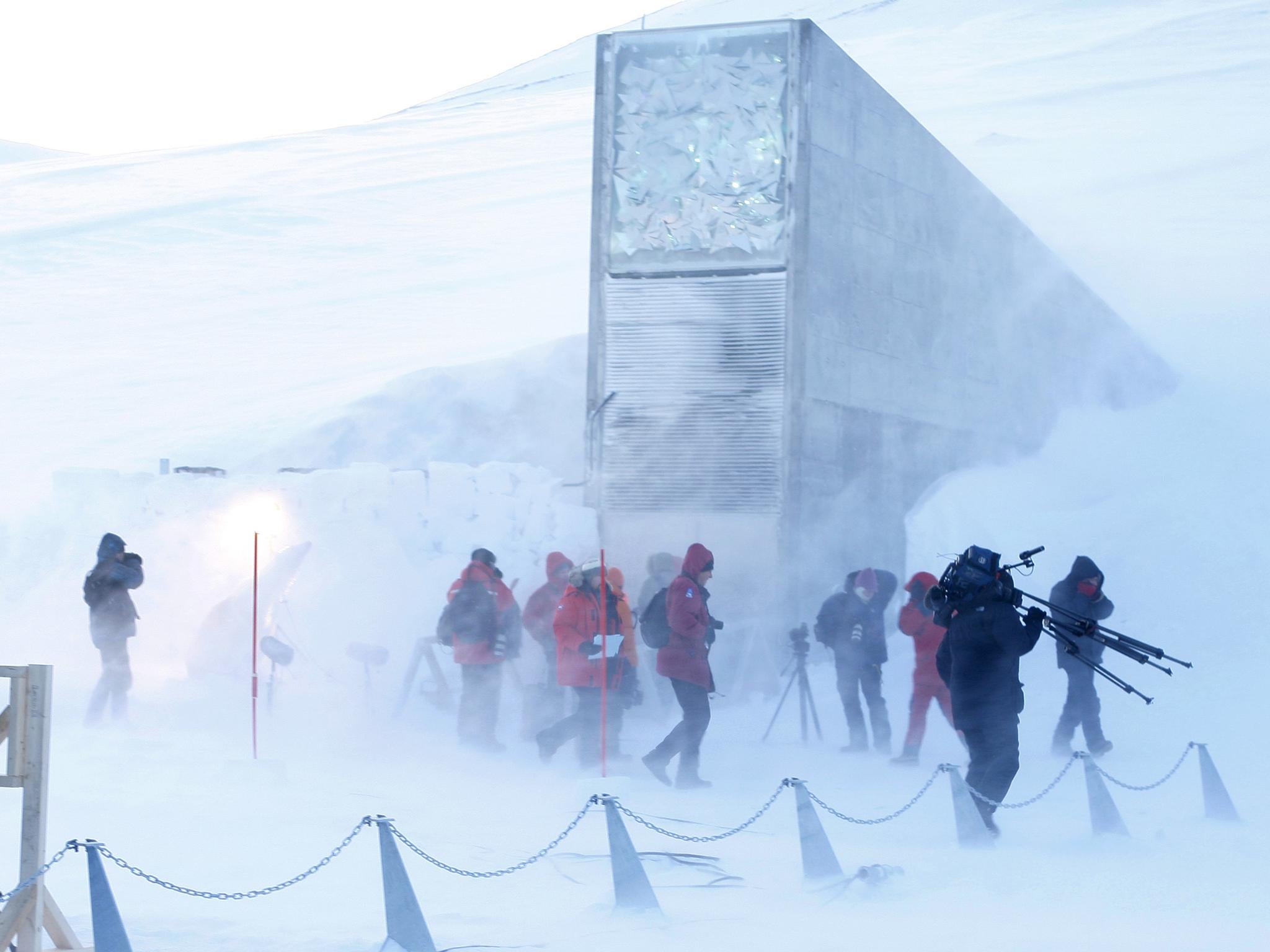Arctic 'Doomsday' vault stronghold for world’s seeds flooded after permafrost melts
The doors of the Svalbard Global Seed Vault, built to preserve humanity's food sources in the event of man-made or natural disasters, closed in 2008 and were not expected to be opened for many generations

The Arctic stronghold known as the “Doomsday Vault”, which was designed to protect the world’s most precious seeds from global catastrophe, has been flooded by melting ice.
The Svalbard Global Seed Vault, built to preserve humanity’s food sources in the event of man-made or natural disasters, was breached after rising temperatures sent water gushing through its entrance tunnel.
The “doomsday” crypt is located deep within a mountain on the northern Norweigian island of Spitsbergen and lies beneath a thick permafrost which had been expected to provide impregnable protection.
Its high-security doors were closed in 2008 and were not expected to be opened for many generations.
But a dramatic rise in Arctic temperatures during the hottest year ever recorded melted ice and brought heavy rain during winter, when snow would typically have been falling.
The meltwater froze in the entrance tunnel and did not infiltrate the seed bank itself, which stores millions of packets of samples from the world’s most important crops. But the breach has raised questions about the the vault’s ability to survive disasters.
Hege Njaa Aschim, spokeswoman for the Norwegian government, which owns the seed bank, told The Guardian: “It was not in our plans to think that the permafrost would not be there and that it would experience extreme weather like that.
“It was supposed to [operate] without the help of humans, but now we are watching the seed vault 24 hours a day. We must see what we can do to minimise all the risks and make sure the seed bank can take care of itself.”
She added: “We have to find solutions. It is a big responsibility and we take it very seriously. We are doing this for the world.”
The vault’s managers have installed pumps to remove water if it is flooded again and are working to make the entrance tunnel waterproof. They must now wait to see if soaring temperatures seen at the end of 2016 were a one-off or part of a longer trend.
The Arctic has experienced much sharper rises in temperature in recent decades than the rest of the world, with Spitsbergen an astonishing 8C to 11C higher in winter than the average between 1961 and 1990.
Join our commenting forum
Join thought-provoking conversations, follow other Independent readers and see their replies
Comments
Bookmark popover
Removed from bookmarks